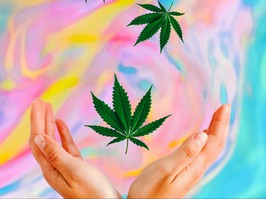legalization of cannabis doesn't lead to abuse of other drugs
and legal weed may actually help with some alcohol-related disorders.
it causes seven types of cancer and birth defects. should alcohol have a warning label?
alcohol makes people happy, says alcohol epidemiologist dr. tim naimi, but it kills about 18,000 each year.
binge eating and 'almond mothers': why the disorder is not about food
dietitian julie mai says many gen zs who grew up with fad-dieting mothers have been left with shame around enjoying food.
 5 minute read
5 minute read









